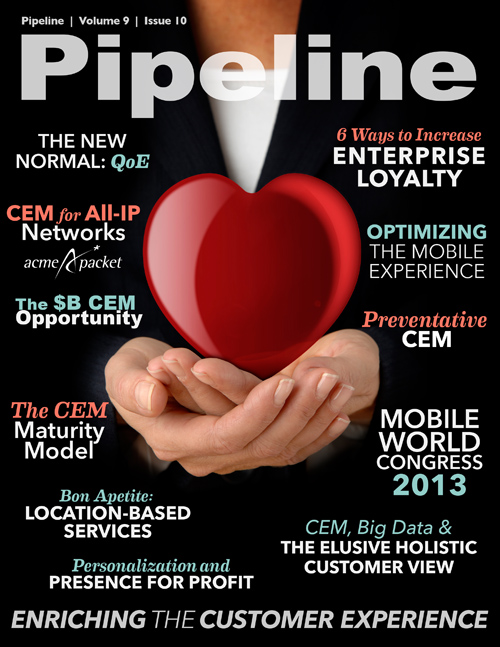CEM Means Business: Six Ways to Increase Enterprise Loyalty
5. Leverage your network expertise.
Comarch reports that when SMBs select a service provider, low price is rated as the fourth most important attribute (out of a total of six). First and second? Service availability and quality.
CSPs should leverage their network capabilities instead of competing on price when it comes to their business customers, for whom a solidly reliable voice connection is much more valuable than a low-cost offering with intermittent service problems. As businesses ditch legacy phone systems and transition to voice over IP (VoIP) and unified communications and collaboration (UC&C) tools, it’s crucial that these next-generation solutions meet their experience expectations. Barring a hurricane or tornado (or errant backhoe), POTS is incredibly stable, and business customers expect the same level of reliability as technology moves forward.
In order to meet those experience expectations, telcos have some work to do. Traditional telecommunications providers have lost ground to cable companies in the past few years, according to Frank Perazzini of J.D. Power and Associates. “Cable providers now rank higher in performance and reliability due to their advantage in the area of data transfer speeds. Additionally, they have closed the gap with their telco counterparts regarding the stability of their data connections.”
6. Share in the success.
The latest evolution in CEM involves a somewhat novel approach for CSPs: crafting relationships that tie their business customers’ success to their own. Martin Creaner, president of the TM Forum, believes this kind of relationship, as opposed to one based on key performance indicators (KPIs), will be the hallmark of this evolution.
“Can we go beyond what we have today? Yes. It’s a new approach,” said Creaner, adding that if CSPs “share in the customers’ risk,” they can “hold onto the customers for much longer.”
In essence, this creates a paradigm that requires service providers to design offerings that contribute to the success of their customers. That way CSPs will be moved to identify success metrics rather than just meet service-level agreements (SLAs).
Take, for example, an airline that engages a CSP to manage its IT infrastructure. Customer satisfaction with the airline’s booking process would be a trigger for how much money is paid to the CSP, which therefore is either rewarded or penalized in a tangible manner based on how its services are experienced.
“This is increasingly important in enterprise,” said Creaner, adding that what enterprise customers want “is a partnership where the service provider is a partner in success.”
Making enterprise experiences sticky
A recent Alcatel-Lucent survey of 75 global CSPs found that nearly two-thirds of respondents planned to increase CEM expenditures in 2013. It’s clear by now that CEM is an actionable trend in telecommunications, not vapid buzz, but for CSPs to reap the benefits of a CEM transformation, they must have a plan for optimizing the experience for enterprise.
Offering personalized bundles that address the concerns of mobility and deliver unyielding network reliability will attract more business customers, while creating an SPOC for customer service and preemptively addressing potential network problems will retain them. In the long run, transitioning to a shared-risk model will position CSPs to establish lasting relationships with their business customers.





















